latest
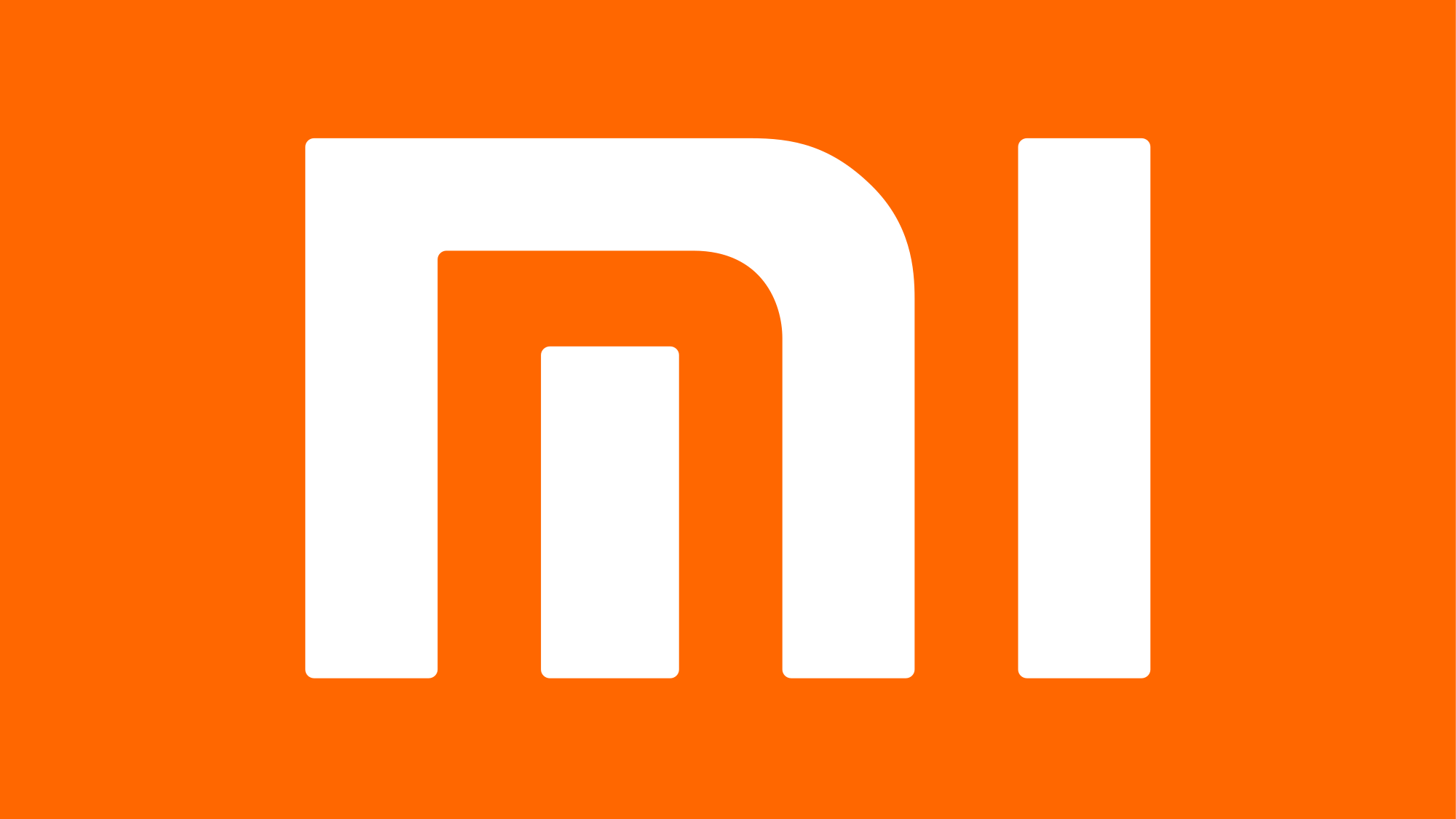
Here's our first look at Xiaomi's MIUI replacement, HyperOS
Things are looking pretty familiar to start
Xiaomi phones are really impressive. Besides boasting some of the best camera specs of any smartphone line on the market, the sheer quality of the company's internals as well as its ability to keep up with modern trends like foldable phones pushes it towards the front of the pack. It’s unfortunate for some of our readers that these products aren’t usually sold in Western markets, because with the right branding, they could really catch on.
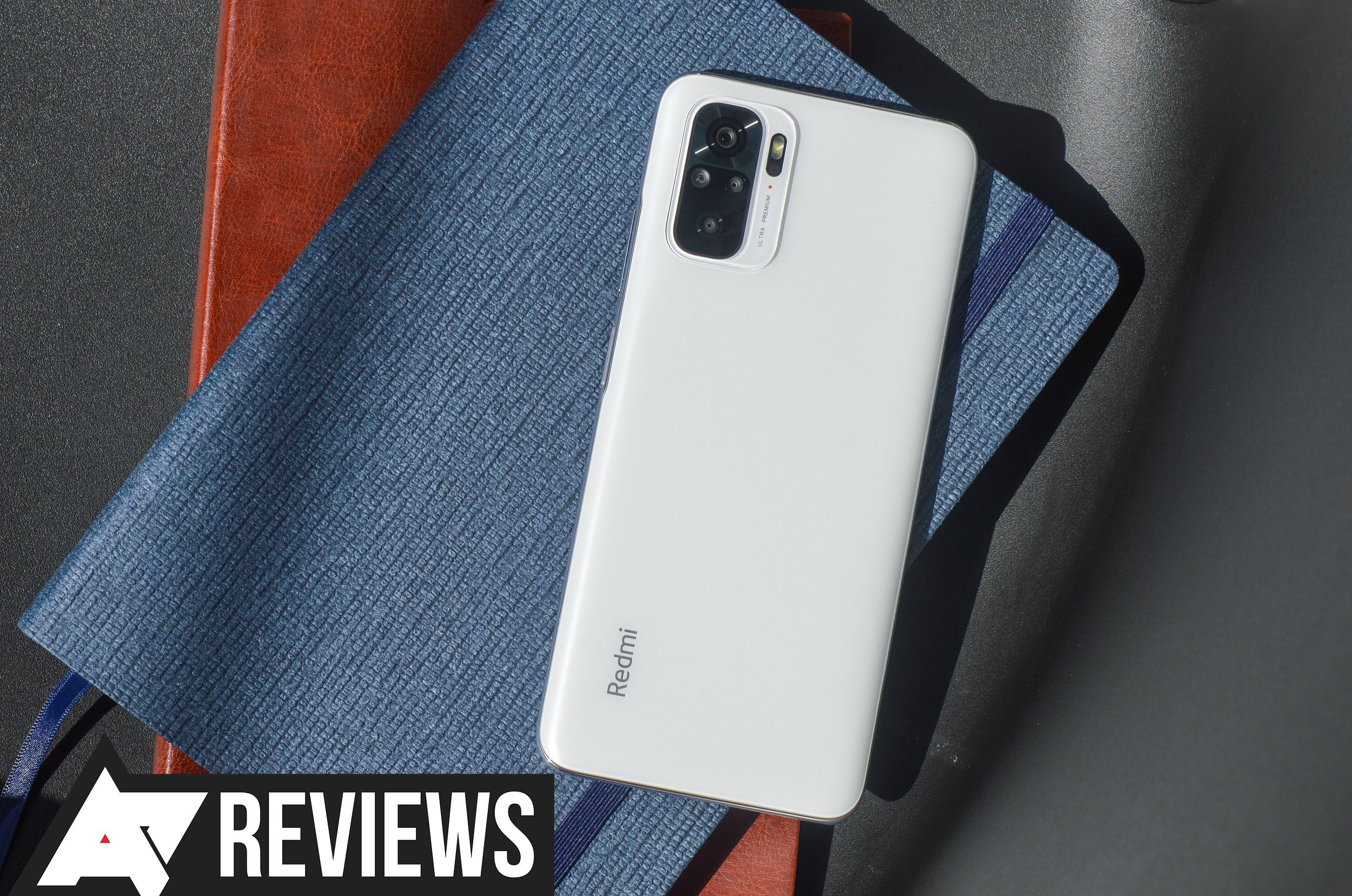
Redmi Note 10 review, one month later: Good luck finding better at this price
Xiaomi’s got a winning formula for a budget phone
Read update
Xiaomi may have diversified its product range to offer flagship phones, but the sub-$200 segment is still where all the action happens. The fact that it has maintained its lead in the budget segment, despite the increased pressure from Realme and Samsung, speaks volumes about how well Xiaomi knows what it's doing. That shows in the 2021 Redmi Note series. With the Redmi Note 10, Xiaomi has once again managed to find the balance between performance and price, which matters more than anything else in a market like India. But that doesn’t mean the Note 10 has no weak spots — it's got its fair share of them, and they could easily be a dealbreaker for some.
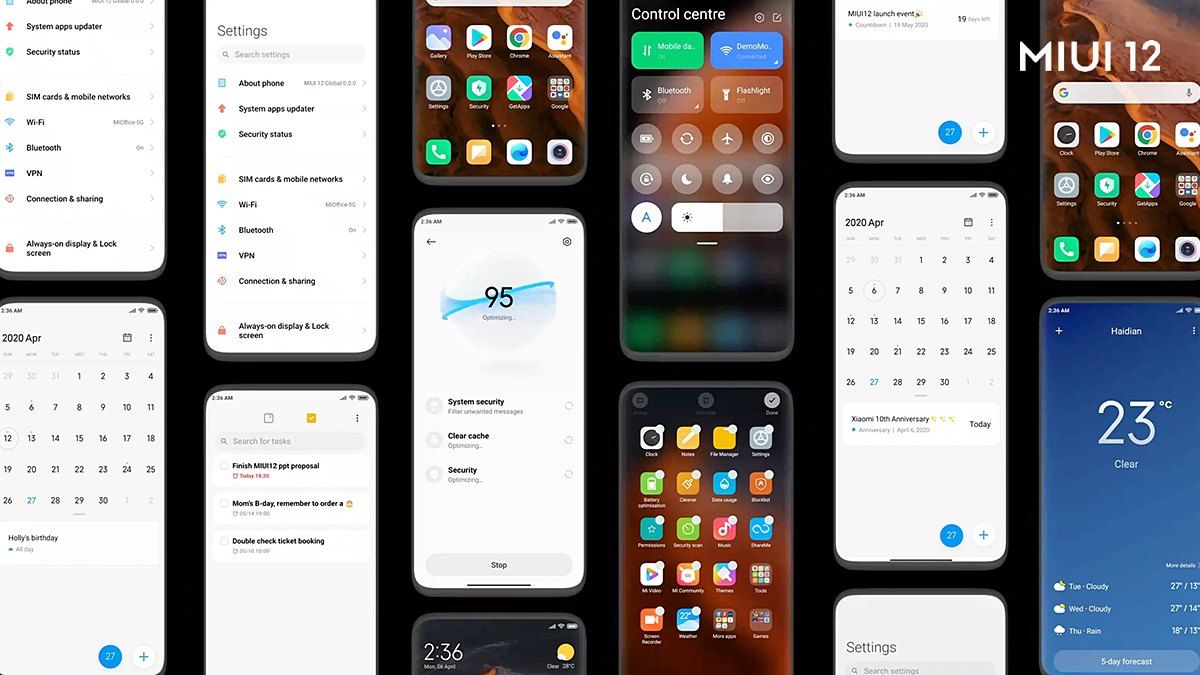
Today, Xiaomi is known as one of the most recognized smartphone manufacturers and its value-for-money offerings have made huge inroads in several markets around the world. But a lesser-known fact about the Chinese company is that its first-ever product was not a smartphone, but MIUI: the software that runs on most of their phones today.
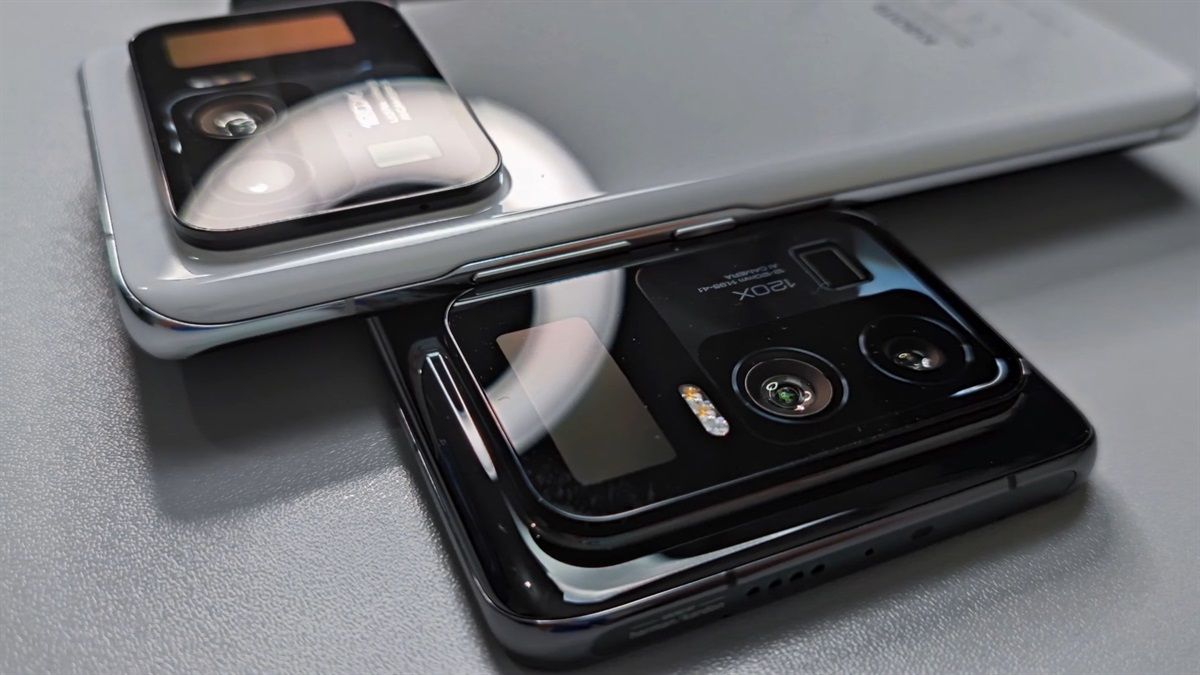
Xiaomi is known for making some of the most popular affordable phones worldwide, but recently, it's been making some eye-catching flagships too. The Chinese smartphone company has already announced its Snapdragon 888-powered Mi 11, but its true flagship, the Mi 11 Ultra, is yet to come. However, we won't have to wait to get a glimpse of the phone. It has already been leaked in a hands-on video, and let me tell you one thing — IT IS CHONK.
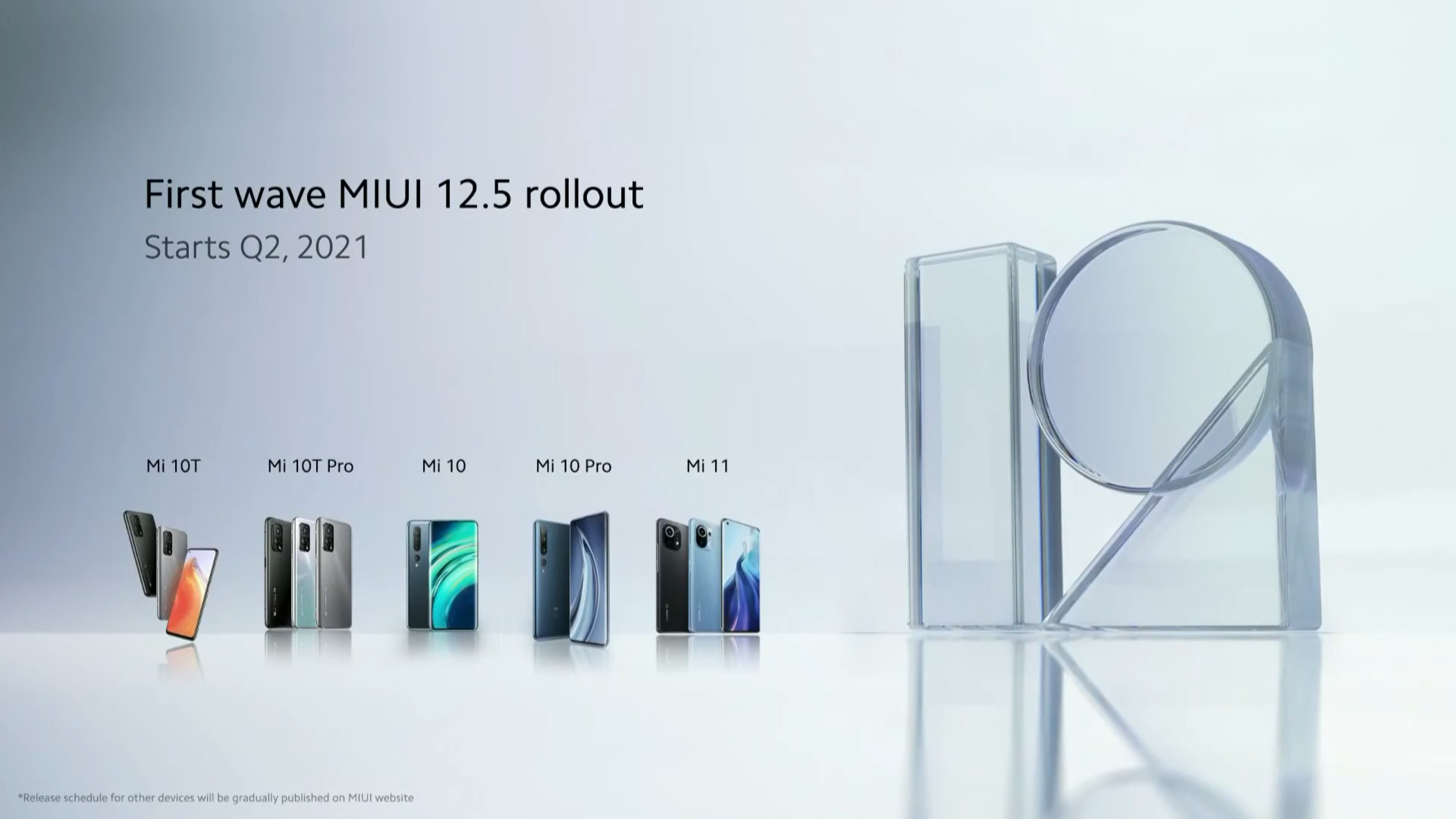
As part of the Mi 11 international launch event, Xiaomi has also announced the forthcoming MIUI 12.5 rollout. The new version might only be a point release, but it adds some thoughtful touches to the Xiaomi ROM, such as CPU usage improvements and uninstallable system apps. It's rolling out to the Mi 11 and a few other new phones first.
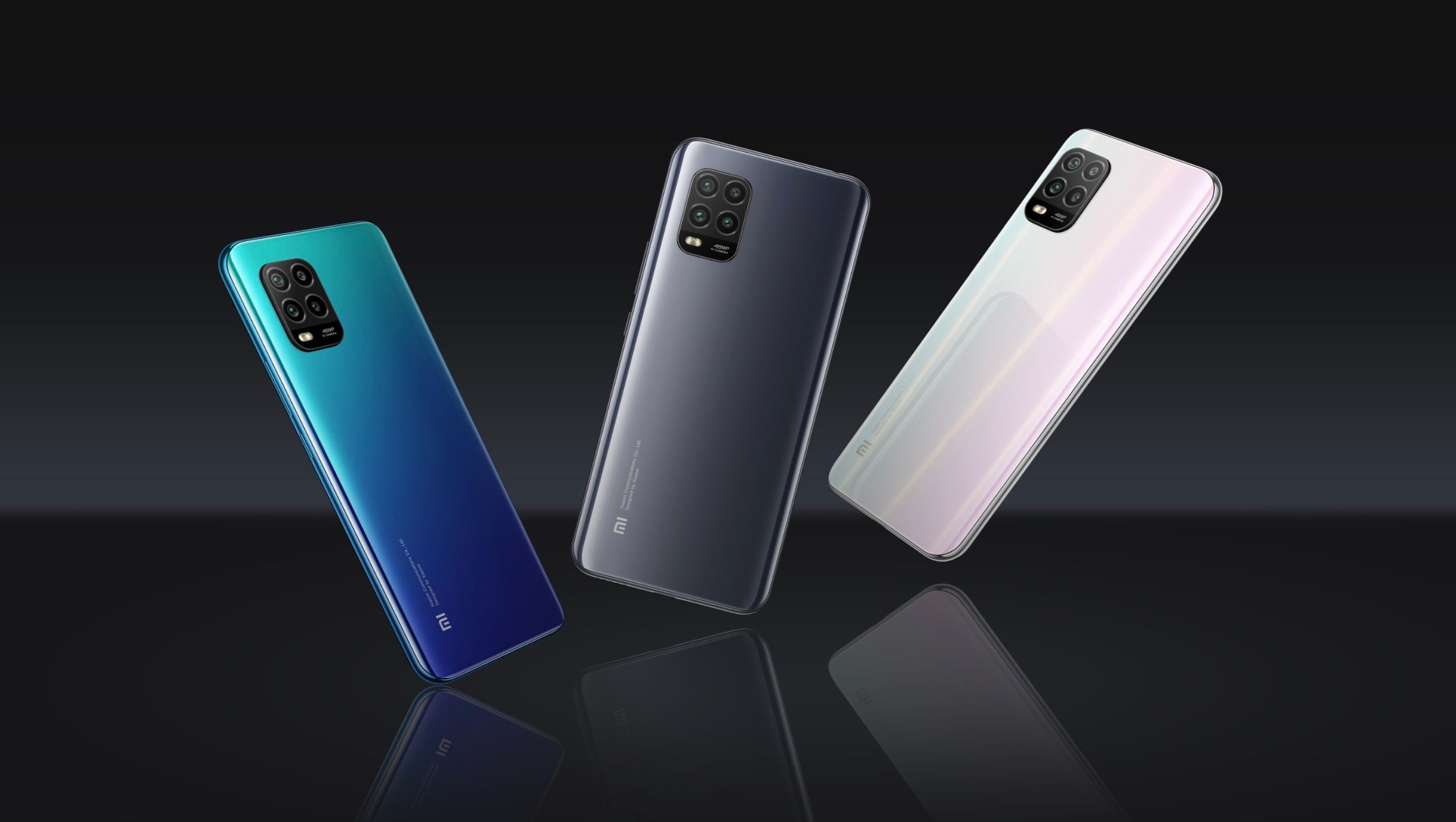
Xiaomi India working on new MIUI version without banned Chinese apps
In an effort to appear as non-Chinese as possible
India recently banned a slew of Chinese apps, most notably TikTok and WeChat, but also the Mi Browser Pro. That has implications for Xiaomi and its MIUI Android skin, as the company naturally pre-installs its own banned browser on its ROM. The manufacturer has now issued a statement, telling its customers that none of the blocked apps are functional on its phones anymore and a new version of MIUI is in the works that gets rid of them completely. The company has also reaffirmed that 100% of Indian user data stays on local servers.
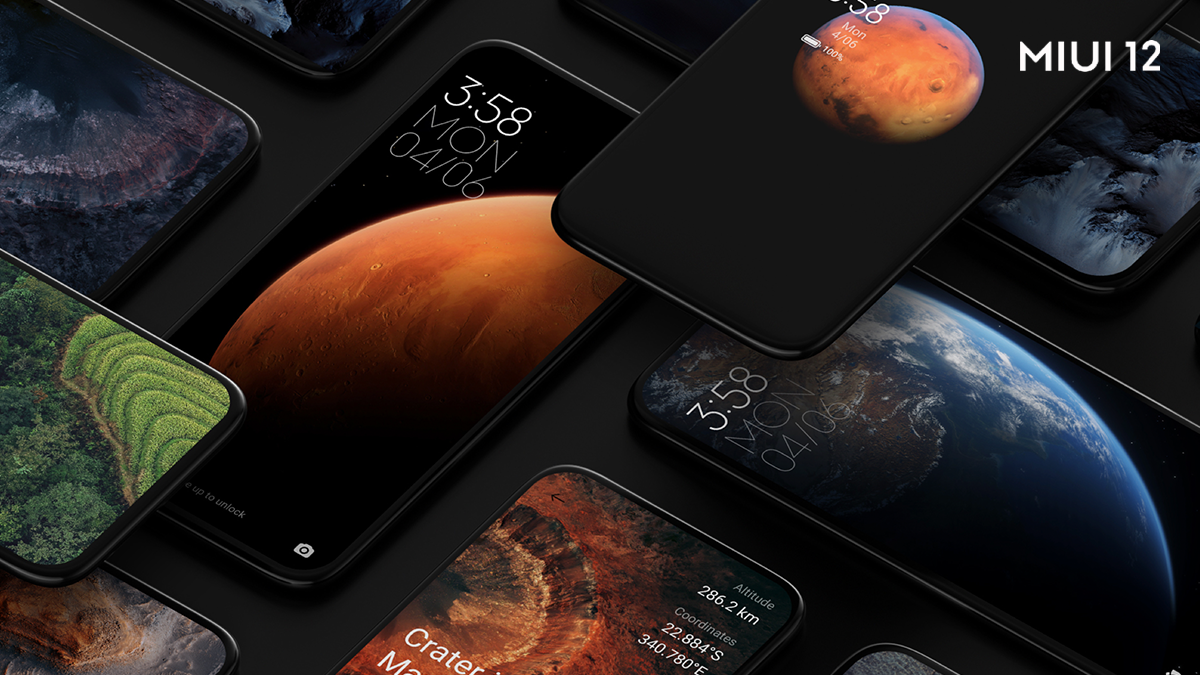
Xiaomi is working on back-tap gestures, just like Google and Apple
Tapping your phone has never been this useful
Earlier this year, it was discovered that Google is working on a new tap gesture for Pixel phones in the Android 11 beta. More recently, Apple rolled out the same feature to iPhones participating in the iOS 14 beta. These gestures allow you to assign tasks to a double or triple tap on the back of the device — things like toggling the flashlight, bringing down the notifications shade, taking a screenshot, and opening Google Assistant, to name but a few. Now new evidence suggests that Xiaomi is working on a very similar feature for MIUI 12.
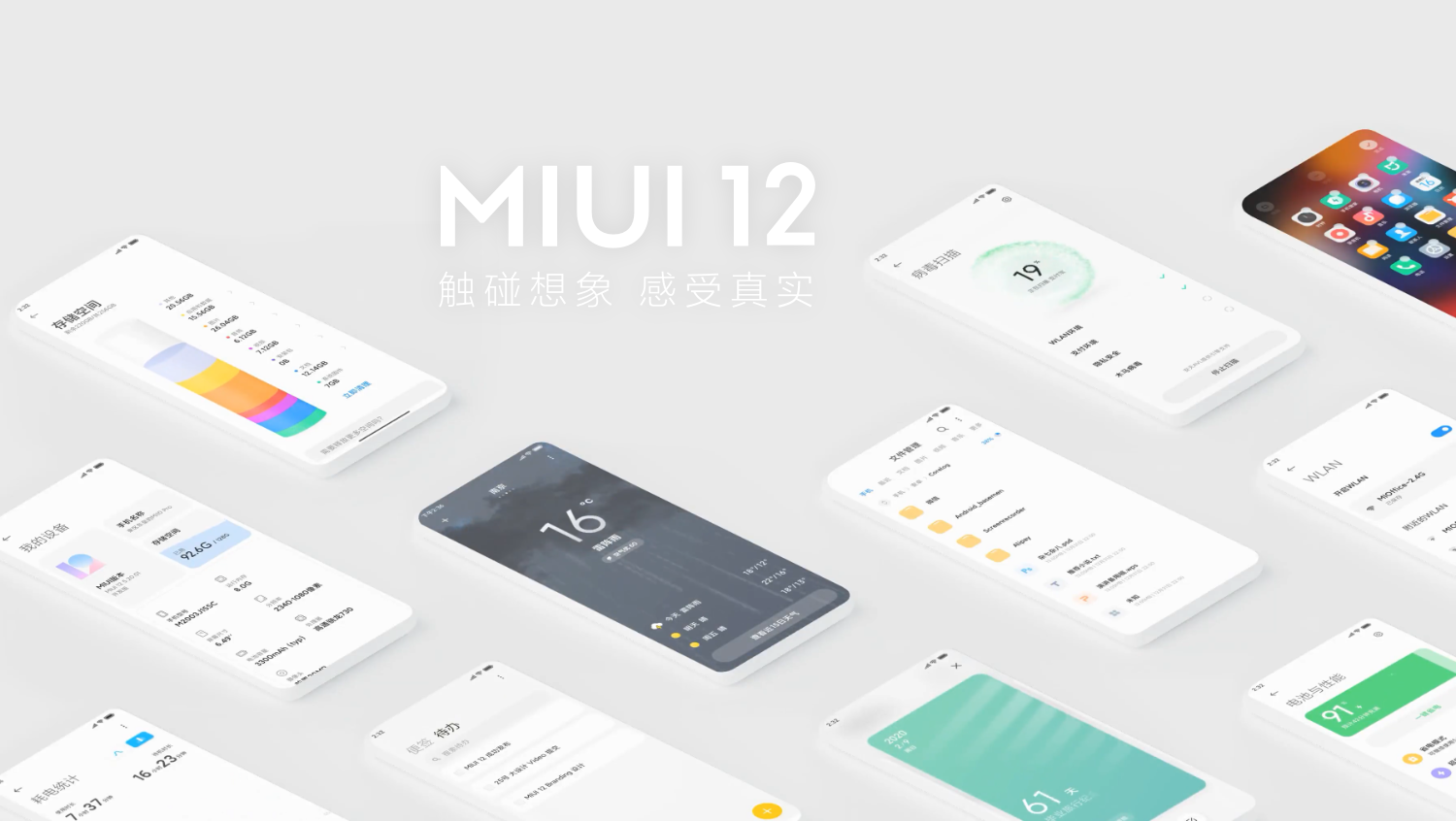
Xiaomi testing astrophotography mode in the MIUI 12 camera app
MIUI 12 is shaping up to be a big update
Xiaomi announced its latest system software, MIUI 12, back in April. That's set to bring users a ton of neat features such as improved privacy controls, support for navigation gestures, and a more modern overhaul of the UI. Now it looks like the company may be delivering some new camera capabilities as well, in the form of an astrophotography mode.
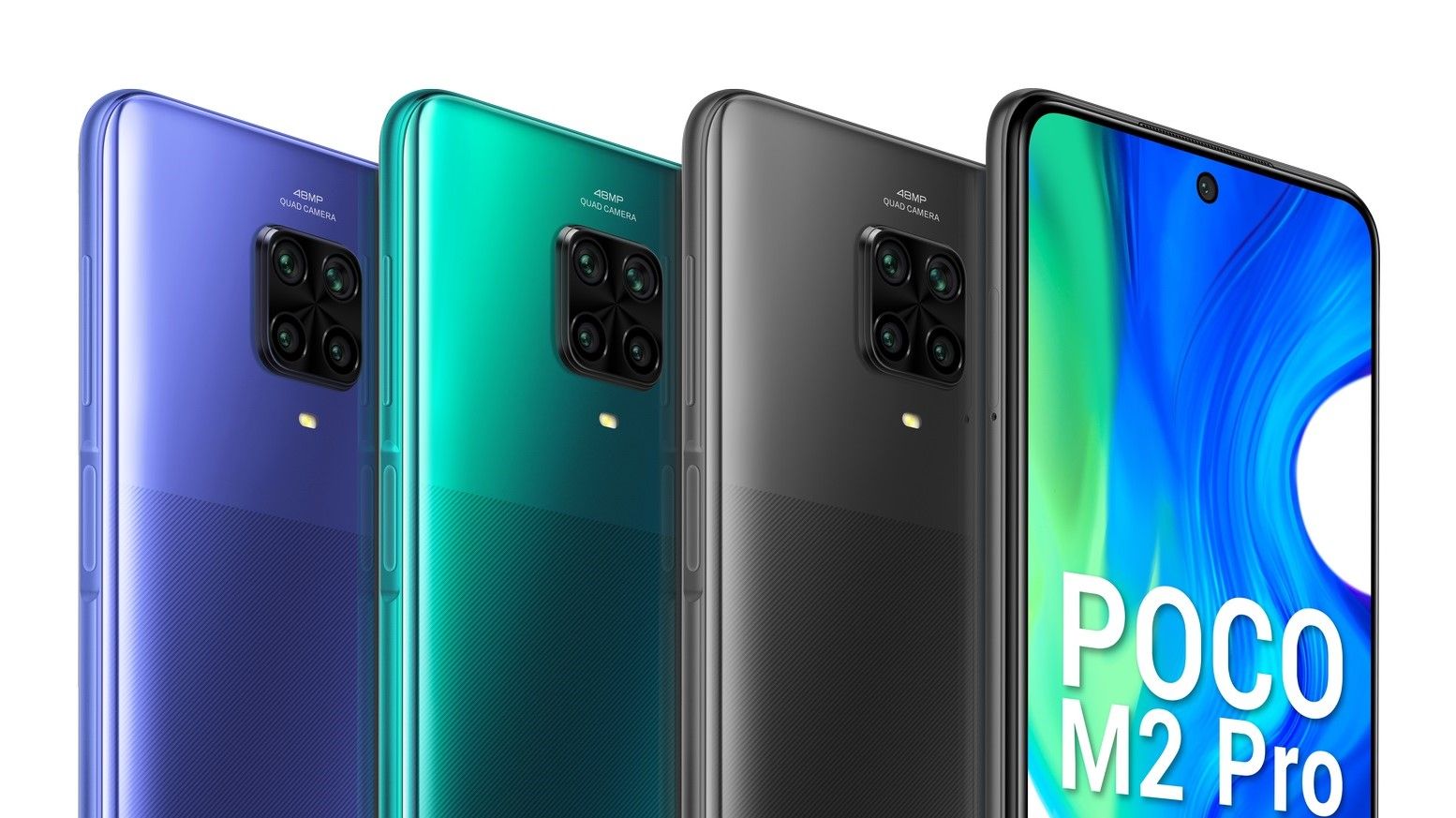
Poco unveils M2 Pro with Snapdragon 720G and hefty fast-charging battery for under $200
Xiaomi’s latest appealing entry into the budget smartphone segment
Xiaomi’s spin-off brand Poco started off with a spec-packed handset for less money but soon shifted to even more modest price segments to appeal to a broader userbase in markets like India. The last mid-ranger from Poco was the X2, and now the brand is bringing an even cheaper model. The latest entrant to the category is the Poco M2 Pro, which is an ambitious phone from Xiaomi costing a little under $200 in India.
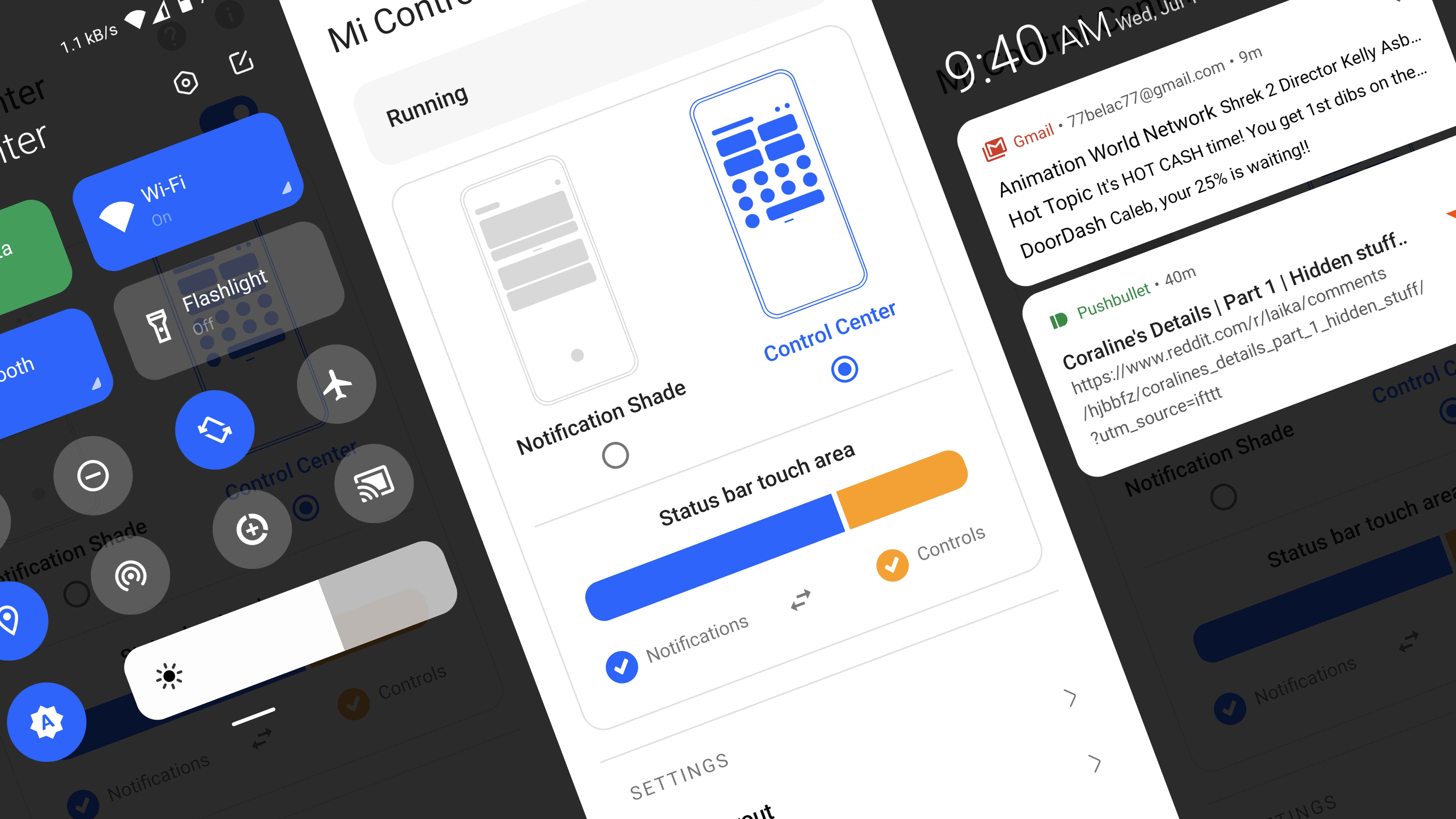
Mi Control Center app brings iOS design to your quick settings panel
Customize your notification and quick settings panels with colors, images, and more
Android may be more functional than iOS for most users when it comes to notifications, but you have to admit there's a level of polished elegance to Apple's panel and control center. Some users might even prefer the translucent design and separated notifications and quick toggle pages. If you're one of those people, or just interested in trying out iOS on your Android device, a new app from Treydev might be worth a look.

Xiaomi publishes its Calendar app on the Play Store (APK Download)
All apps should be updated this way. All of them.
One of my favorite things about how Android handles apps is the streamlined process of updating them through the Play Store. Rather than waiting for a full system update just to fix a small bug in an app, phone-makers can push fixes through the Play Store as soon as the software is ready. Following its file browser, launcher, and many other apps, Xiaomi's Calendar is now available on the Store as well.
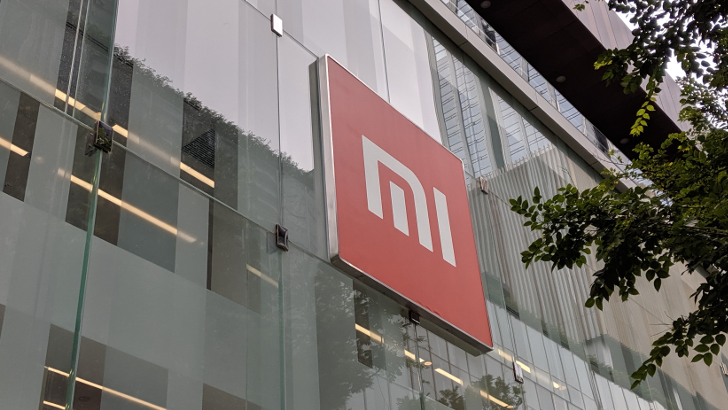
Xiaomi's Mint Browser records web searches and other data, even in Incognito Mode (Update: New opt-out setting)
Xiaomi denies any wrongdoing
Read update
- Xiaomi is rolling out an update to both Mint Browser and Mi Browser Pro that adds a setting to disable aggregated data collection while in Incognito Mode. However, not only is the option not enabled by default, but it takes three taps to get to it.
Xiaomi's phones are sold at incredibly competitive prices because there's very little profit margin — much like Amazon and Google, the company subsidizes its hardware with income from online services and data from its users. A recent report from Forbes claims Xiaomi's Mint Browser collects more user data than is necessary, but the company has denied any wrongdoing.

Xiaomi’s spin-off brand Poco made a splash with its first phone by bringing a Snapdragon 845 chip to the $300 price bracket, reminding many of OnePlus’s early days. A year and a half after the Poco F1 was unveiled, the company is finally coming out with a follow-up called the Poco X2, initially only for the Indian market. The handset is basically a relabeled Redmi K30, which was announced in China alongside the $284 K30 5G in December 2019.
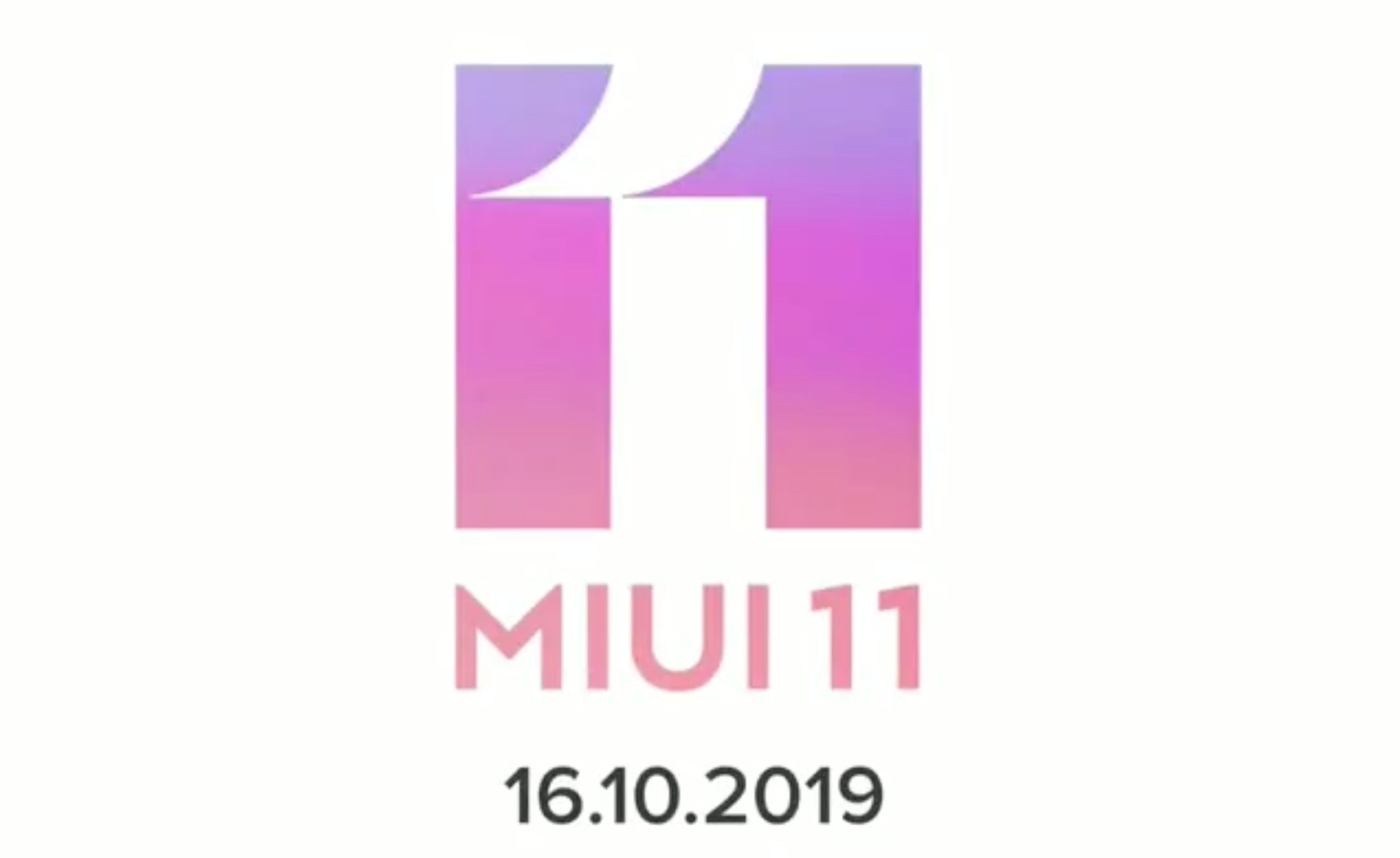
Read update
In China, Xiaomi's custom Android interface MIUI 11 has been in beta since last month, and now the company is ready to deploy its software to more locations internationally. The MIUI India Twitter account posted an animation featuring the new interface along with the date October 16. We can expect the international version of the UI to start rolling out then.

Android update season is always a bittersweet time for users. While the select few are lucky enough to have a shiny new version delivered OTA to their device within weeks after launch, many users will have to wait months for an update from their manufacturers. However, thanks to recent changes made to Android's code structure, Android 10 is shaping up to be the most rapidly adopted releases of Google's mobile OS. Today, Redmi K20 Pro devices in India are primed for their update.
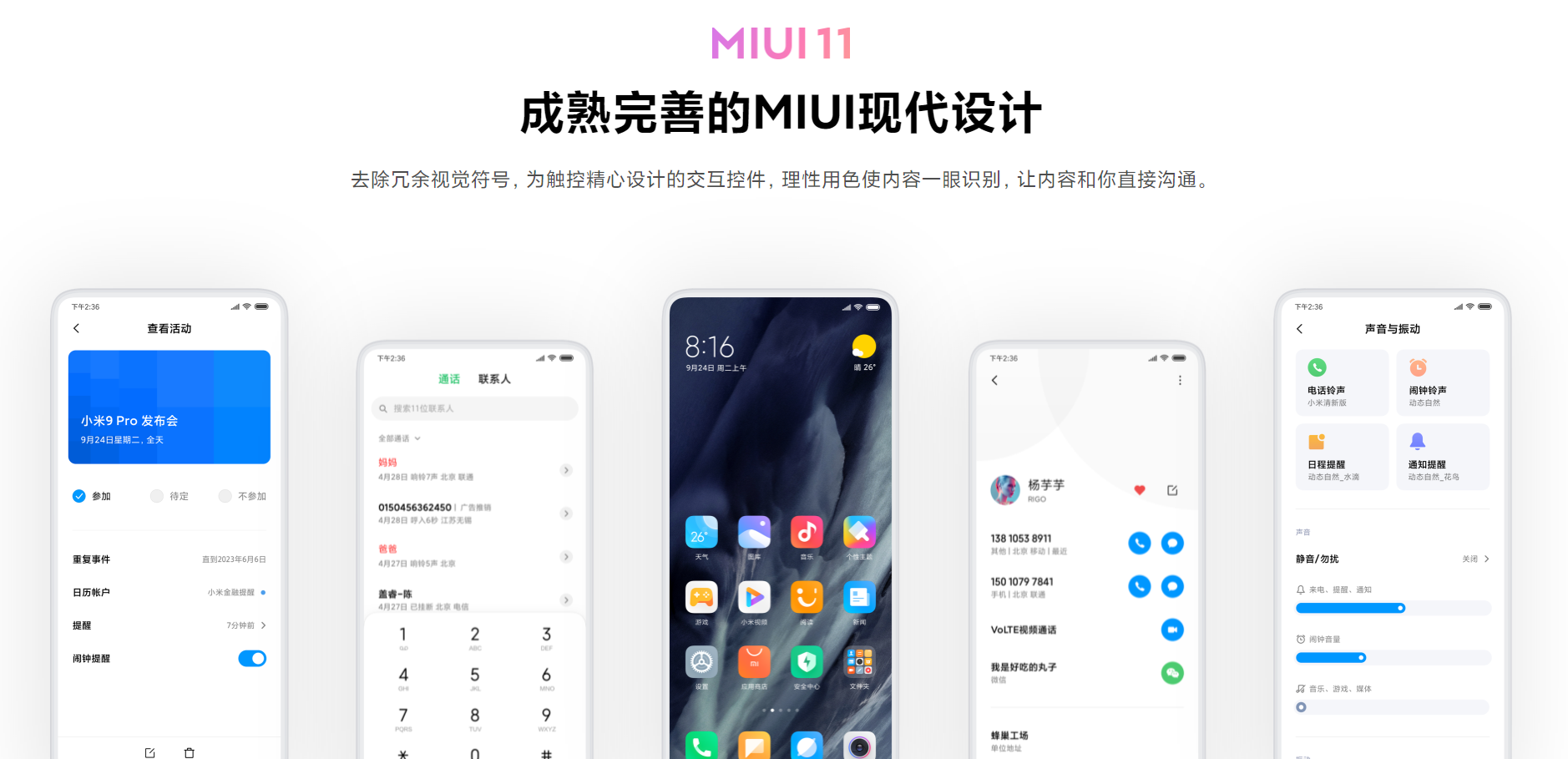
For all of MIUI's troubles, it remains as the default software user interface on every one of Xiaomi's smartphones in China. And given that the company posts timely updates on this platform, it should matter how people experience this default state. Thus, we now see MIUI 11 come into play with a focus on font and sound aesthetics as well as a few new productivity apps and a couple of under-the-hood tweaks.

Xiaomi is in a bad spot right now. Revenues aren't growing as fast as investors want. Competition in a saturated smartphone market is stiff. And software sales and service fees just aren't stacking up. Part of that formula comes from the ads plaguing its MIUI software experience from embeds in the web browser right down to the settings. Now, the company is beta testing an ad-free experience that may end up in the final update to MIUI 10.

Read update
- While the previous version didn't support gestures, the latest alpha build (v4.10.6.1038-06251834) lets users swipe up anywhere on the home screen to bring up the app drawer, as shown in the video below. Even though this confirms the company's commitment to offering an app drawer, it's still an early version, as the menu options to activate the feature aren't translated yet.
One of the many reasons I don't like iOS is its lack of an app drawer. Indeed, I want things to be very organized, and dumping all icons on my homescreen just doesn't work for me. Xiaomi, however, preferred to mimic Apple and decided to go against Android standards by removing the app drawer in its MIUI launcher, which essentially meant all icons had to be on the home screen. However, the company appears to be opening up by letting users enable the drawer in MIUI.
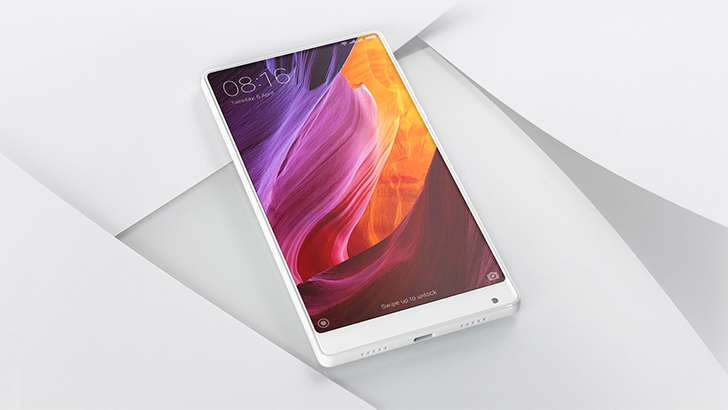
Xiaomi maintains its custom skin of Android, called MIUI, which ships on most of the company's devices — the main exceptions being its Android One and Android Go phones. Xiaomi allows phone owners to try out new MIUI features in the public MIUI Beta program, but now that's coming to an end.
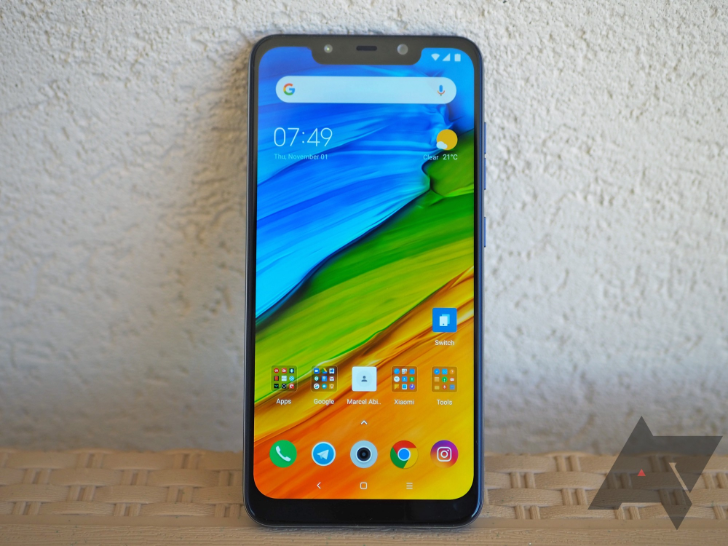
MIUI is one of the most powerful Android OEM skins, if you take the time to delve into it and put some prejudice aside. Sure, it has some shortcomings, like any other software, and it does some things in its own weird ways, but it has plenty of interesting features and additions. There's one aspect though that outright annoyed me when I tested the Poco F1: ads. Thankfully, Xiaomi is now recognizing they're a little too much and will be getting rid of some of them in future updates to MIUI.











